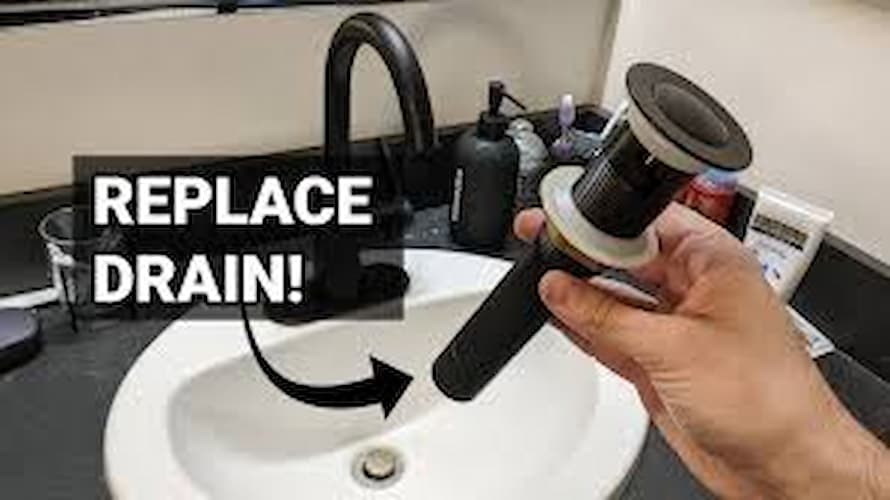Introduction Opening a sink drain may seem like a daunting task, but with the right tools and a little know-how, it can be done easily. Whether you’re dealing with a clogged drain or just performing routine maintenance, this guide will walk you through the process step-by-step.
Understanding Your Sink Drain Before diving into the process, it’s important to understand the type of sink drain you have. There are generally two types of sink drains:
- Bathroom Sink Drains
- Kitchen Sink Drains
Knowing which type of sink drain you’re dealing with will help you choose the right tools and methods.
Tools You’ll Need To open a sink drain, you’ll need a few basic tools:
- Adjustable Wrench
- Bucket
- Pliers
- Plunger
- Drain Snake
- Rubber Gloves
Having these tools on hand will make the process much smoother.
Step-by-Step Guide to Opening a Sink Drain

Step 1: Prepare the Area
- Clear the Area: Remove any items from under the sink to give yourself enough space to work.
- Place a Bucket: Position a bucket under the sink drain to catch any water or debris that may come out.
Step 2: Remove the Drain Stopper
- Locate the Stopper: Find the drain stopper inside the sink.
- Twist and Pull: Twist the stopper counterclockwise and pull it out. Some stoppers may have a lever mechanism that needs to be disengaged first.
Step 3: Use a Plunger
- Create a Seal: Place the plunger over the sink drain to create a tight seal.
- Plunge Vigorously: Push and pull the plunger with force to dislodge any clogs. Repeat this process several times.
Step 4: Disassemble the P-Trap
- Locate the P-Trap: The P-Trap is the U-shaped pipe under the sink.
- Loosen the Nuts: Use an adjustable wrench to loosen the nuts holding the P-Trap in place.
- Remove the P-Trap: Carefully remove the P-Trap and let any water or debris fall into the bucket.
Step 5: Use a Drain Snake
- Insert the Snake: Feed the drain snake into the sink drain or the pipe leading to the wall.
- Turn the Handle: Rotate the handle of the drain snake to break up any clogs.
- Remove the Snake: Pull the snake out and dispose of any debris.
Step 6: Reassemble the P-Trap
- Reattach the P-Trap: Reattach the P-Trap by tightening the nuts with an adjustable wrench.
- Check for Leaks: Run water through the sink to ensure there are no leaks.
Preventive Measures
- Regular Cleaning: Clean your sink drain regularly to prevent clogs.
- Use a Strainer: Place a strainer over the drain to catch food particles and debris.
- Avoid Pouring Grease: Never pour grease or oil down the sink as it can solidify and cause clogs.
Conclusion Opening a sink drain doesn’t have to be a challenging task. By following these simple steps and using the right tools, you can easily open your sink drain and keep it functioning smoothly. Remember to take preventive measures to avoid future clogs and maintain a clean and efficient sink.